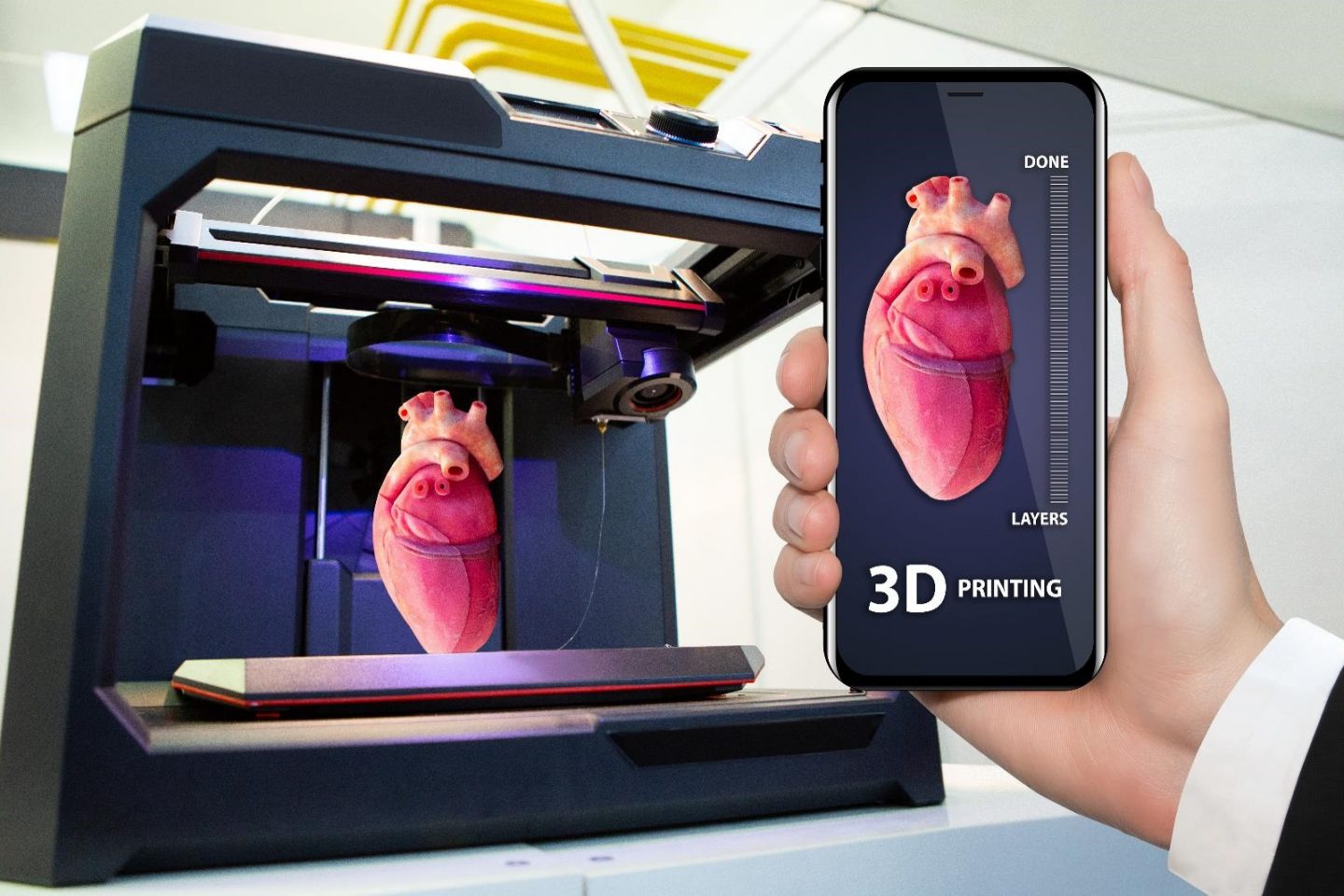What you are going to read about is the FRESH technique of 3D printing collagen-based anatomical structure such as a heart or parts of the heart. This is the latest scientific approach to fixing broken hearts. Collagen is the primary building block in a plethora of human tissues.

These new collagen-based 3D printed structures very closely mimic the cardiac tissue functions and forms and are thus quite similar to the actual human hearts. In terms of biomedical, 3D printing has always been difficult to carry out. Why? Because of the constrained 3D printing techniques such as low print resolution and low-quality tissue fidelity. Owing to these limitations, 3D printing using materials such as collagen or living cells has proven to be quite hard.

That is where this FRESH research comes in that is being led by Andrew Lee. The research team had managed to create a new approach that is termed as the FRESH approach back in 2015. They have been working on the FRESH technique and refining it more ever since. They have managed to re-create the remodeled version of FRESH, and it is being called ‘freeform reversible embedding of suspended hydrogels,’ more commonly known as FRESH v2.0.

The FRESH v2.0 is the latest 3D printing biotechnique by the research team. It makes use of the rapid changes in pH levels for creating an extruded collagen and then solidifies it using precision control. The method can be used for forming intricate structural and functional tissue structures that can be incorporated into the living cells or complicated vasculature at dimensions that are as small as 10 micrometers.

Lee and his team have employed this method for making parts of the human heart using only collagen and human cells by making use of a 3D printer. The team even added cardiac tissue, ventricles, and a neonatal heart. As per the authors, the 3D printed creations have managed to reprint the patient-specific MRI anatomical structures.


